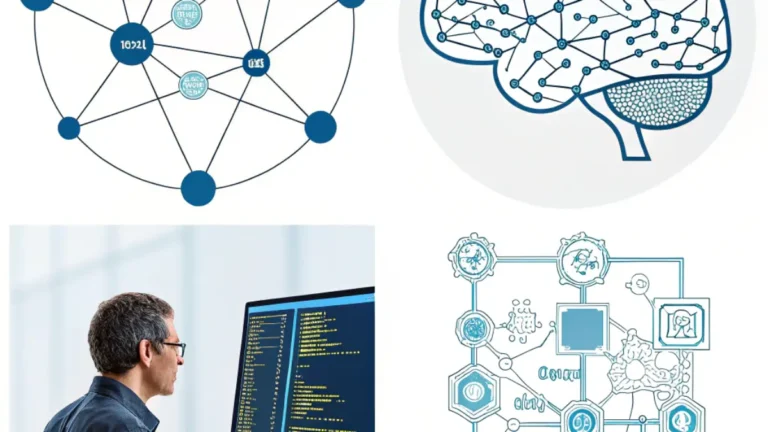
A reliable point-of-sale (POS) system is standard in most restaurants, and rightly so—it’s central to order taking, payment processing, and customer service. Modern point-of-sale systems also integrate with payment gateways and customer loyalty programs, helping restaurants deliver a seamless guest experience. They provide a clear picture of sales trends, which is valuable for forecasting demand and planning menus. But while your POS may be the hub of front-of-house operations, it’s not built to handle the full scope of what’s needed behind the scenes. For effective stock control, supplier coordination, and cost management, restaurants require something more robust. This is where restaurant purchasing software comes in.
The Limits of POS Systems in Back-Office Operations
POS systems are designed for speed and simplicity. They record sales data, apply discounts, split bills, and sometimes offer light inventory tracking. However, once you move into areas like procurement, real-time stock visibility, or price fluctuations across suppliers, POS features often fall short.
For instance, a POS might tell you how many chicken sandwiches were sold in a week—but it can’t alert you if the cost of chicken has increased, or if a supplier shorted your last delivery. It might deduct items from inventory based on sales, but it won’t reconcile that against actual usage, spoilage, or unexpected staff meals. These gaps lead to inefficiencies, food waste, and ultimately, lost profit.
What Restaurant Purchasing Software Does Differently
Restaurant purchasing software is purpose-built to support back-office tasks with more accuracy and control. It connects your procurement, inventory, and costing processes so that you’re not relying on spreadsheets, guesswork, or last-minute orders.
Here’s how it makes a difference:
- Supplier Management: All vendor information—product lists, pricing, and order history—is centralised, making it easier to track delivery issues, compare costs, and switch suppliers when needed.
- Real-Time Inventory Visibility: Stock levels update based on both purchases and usage, giving managers a more accurate picture of what’s on hand, what’s running low, and where there may be over-ordering.
- Costed Recipes and Menus: Ingredient prices are pulled directly from supplier invoices, ensuring that recipe and menu costing reflects true current costs—not outdated estimates.
- Order Accuracy and Efficiency: Digital ordering reduces the risk of mistakes, missed items, or miscommunications with suppliers. Orders can be placed faster and with clearer documentation.
Why This Matters for Profitability
With rising food costs and increasingly tight margins, every operational decision carries weight. Not knowing your true food costs or running out of key ingredients mid-service doesn’t just hurt the guest experience—it eats into your bottom line. Restaurant purchasing software allows operators to stay ahead by giving them clearer data and better tools to act on it.
It’s also a time-saver. Instead of chasing invoices, reconciling orders manually, or maintaining multiple spreadsheets, your team can rely on a system that automates and centralises critical tasks. This frees up time to focus on improving kitchen performance, menu planning, or training staff—things that actually drive value.
Ready to Scale? Manual Processes Won’t Cut It
If you’re planning to expand—whether it’s adding a second location or growing into a multi-site brand—manual processes quickly become a liability. Without consistent systems in place, controlling costs, enforcing purchasing policies, and managing inventory becomes harder at scale.
Restaurant purchasing software creates consistency across locations, helps maintain supplier standards, and ensures everyone is working from the same source of truth. It’s a tool for growth, not just efficiency.
Bridging the Operational Gap
A POS system is an essential part of your restaurant’s operations, but it shouldn’t be expected to do everything. The back office deserves tools built for its complexity. By investing in restaurant purchasing software, you give your team better control, clearer insights, and more time to focus on what matters most: running a profitable, well-organised kitchen.






